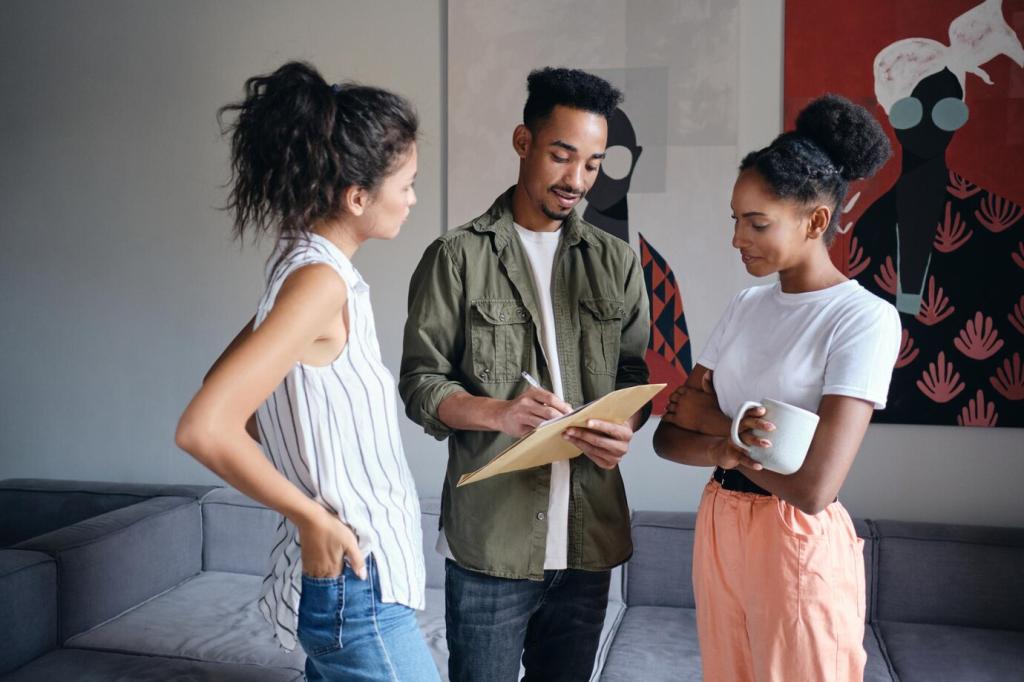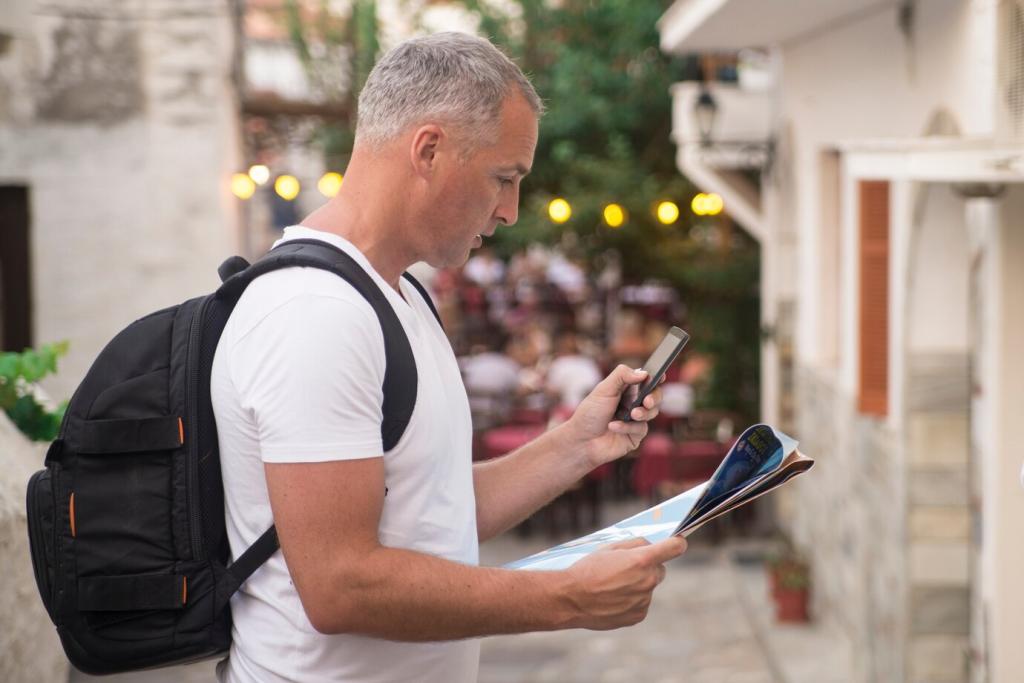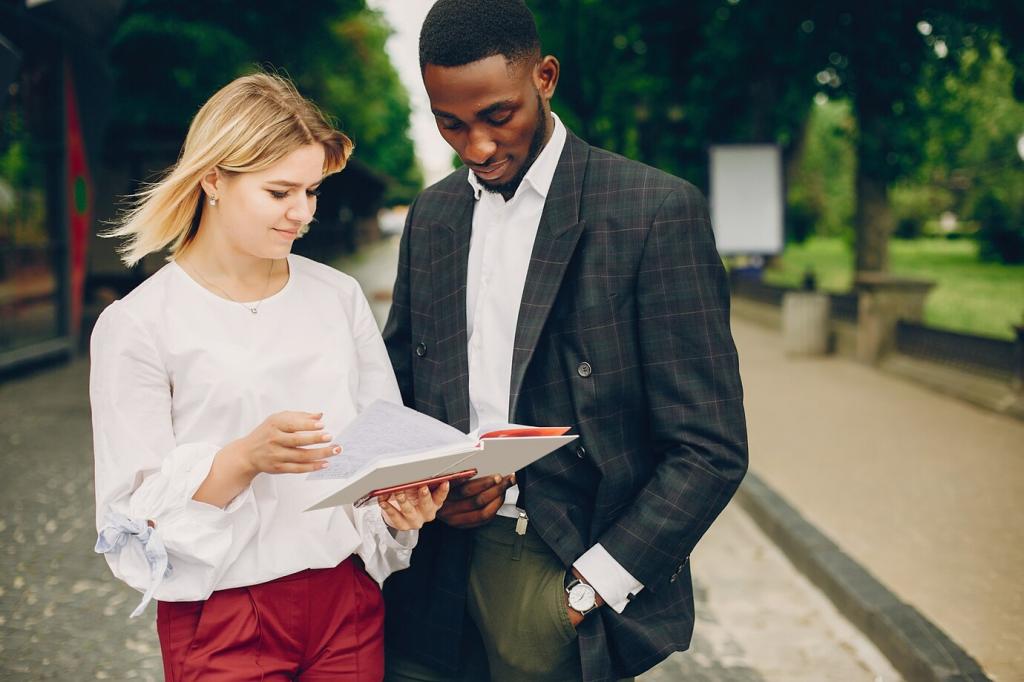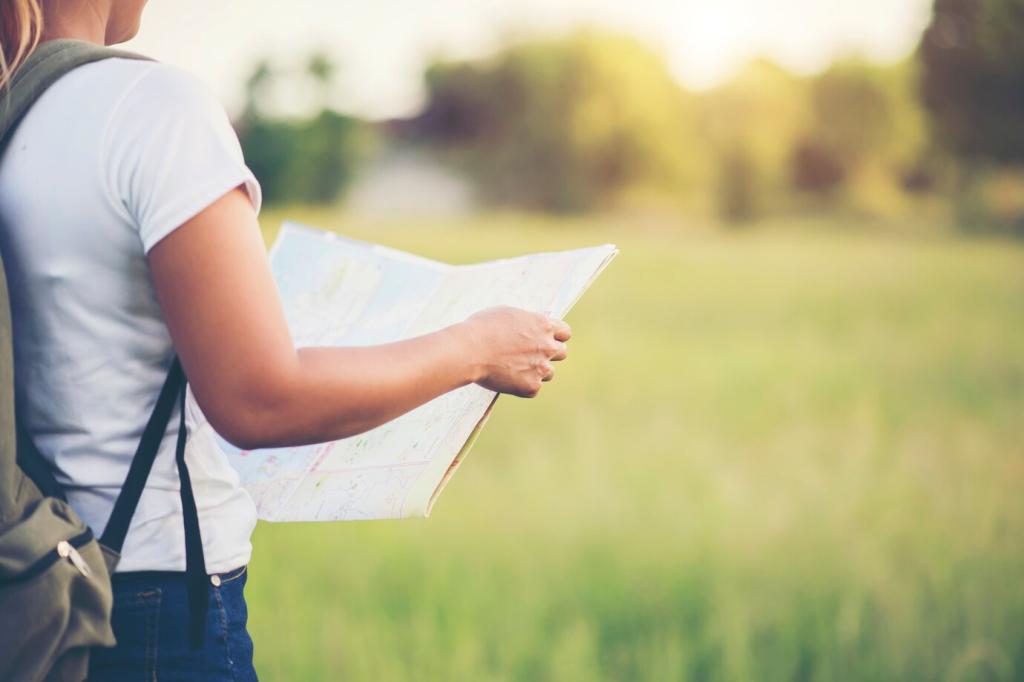Continuous Learning and Feedback Loops
End tours with a two‑minute cultural check‑in: what surprised you, what moved you, what felt unclear? Share highlights with local partners and ask what you could do better. This habit builds accountability and shared stewardship of place.
Continuous Learning and Feedback Loops
Carry a pocket notebook or voice app to capture moments you misread or handled well. Note the cues you noticed, the phrases that worked, and questions to research. Subscribe for weekly prompts that deepen your cultural observation muscles.







